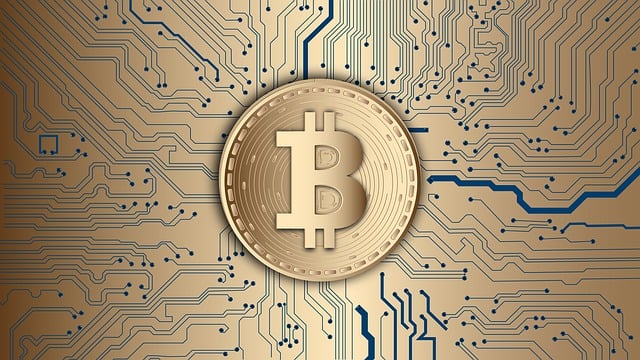- This article debunks common myths about Bitcoin, highlighting its potential to coexist with traditional currencies and its intrinsic value rooted in scarcity and decentralized technology.
- It emphasizes Bitcoin’s accessibility, evolving from misconceptions about complexity and illegal use to its growing legitimacy in global finance.
Bitcoin (BTC), the trailblazing digital currency introduced in 2009, has sparked widespread curiosity and debate. Amid its growing acceptance and adoption, numerous myths persist, clouding the true essence of Bitcoin. Let’s debunk some of the most prevalent misconceptions surrounding BTC to provide clarity on this revolutionary cryptocurrency.
Myth 1: Bitcoin Will Replace Traditional Currency
Supporters of Bitcoin often speculate about a future where it supplants traditional currencies entirely. However, the reality is more nuanced. Bitcoin is poised to coexist alongside fiat currencies rather than replace them outright. Governments and central banks are exploring their own digital currencies (CBDCs), which can complement Bitcoin and other cryptocurrencies in the financial ecosystem.
Myth 2: Bitcoin Has No Intrinsic Value
Critics frequently argue that Bitcoin lacks inherent value because it isn’t backed by a physical asset like gold or issued by a government. This overlooks Bitcoin’s unique characteristics that contribute to its value. With a capped supply of 21 million coins, decentralized nature, and ability to facilitate peer-to-peer transactions globally, Bitcoin derives its value from adoption and trust, much like traditional currencies.
Myth 3: Bitcoin Is Too Complicated for the Average Person
There’s a misconception that Bitcoin is overly complex for everyday use. While blockchain technology can be intricate, user-friendly wallets and exchanges have simplified Bitcoin transactions. Educational resources and community support further aid newcomers in understanding and utilizing Bitcoin effectively. Like any new technology, there’s a learning curve, but accessibility continues to improve.
Myth 4: Bitcoin Is a Bubble That’s Bound to Burst
Bitcoin’s price volatility has led many to dismiss it as a speculative bubble destined to collapse. However, historical trends and the maturation of Bitcoin suggest otherwise. While price fluctuations are common, they are part of the growth process for emerging technologies. Bitcoin’s resilience and consistent upward trajectory since its inception underscore its potential as a long-term asset rather than a fleeting bubble.
Myth 5:Bitcoin Is Mainly Used for Illegal Activities
One of the most persistent myths surrounding Bitcoin is its association with illegal transactions. While Bitcoin initially gained notoriety in underground markets, its primary use has evolved. Today, numerous legitimate businesses accept Bitcoin, leveraging its transparent blockchain for secure and traceable transactions. The misconception of Bitcoin solely serving illicit purposes overlooks its broader applications in commerce and finance.
Bitcoin continues to defy misconceptions and reshape the financial landscape. By debunking these common myths, we gain a clearer understanding of Bitcoin’s potential and role in the global economy. As with any investment or technological innovation, informed research and an open perspective are essential. Bitcoin’s journey is still unfolding, promising further evolution and impact in the years ahead.
In embracing Bitcoin’s transformative potential, we acknowledge its complexities and opportunities, paving the way for a more inclusive and decentralized financial future.

















